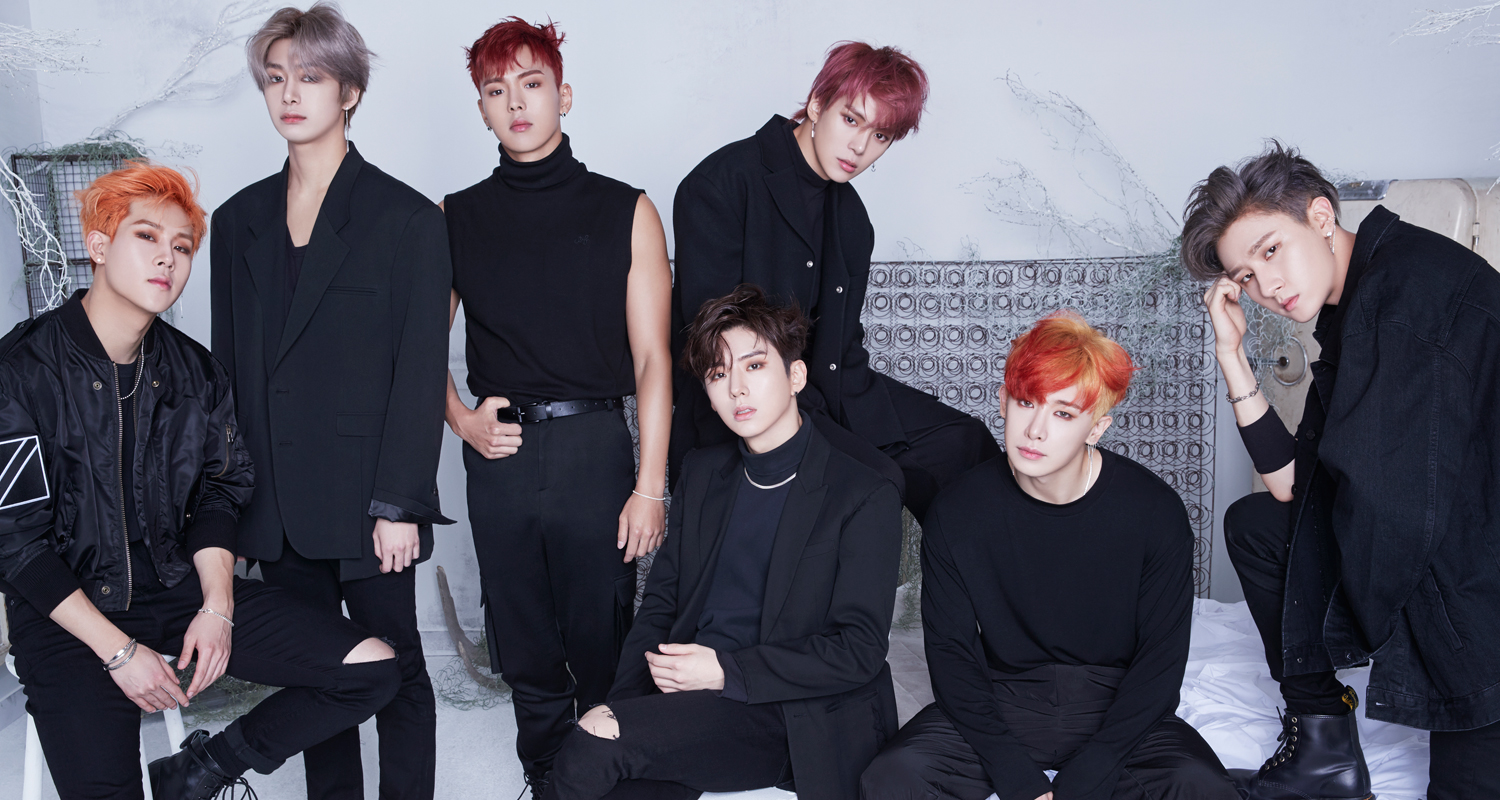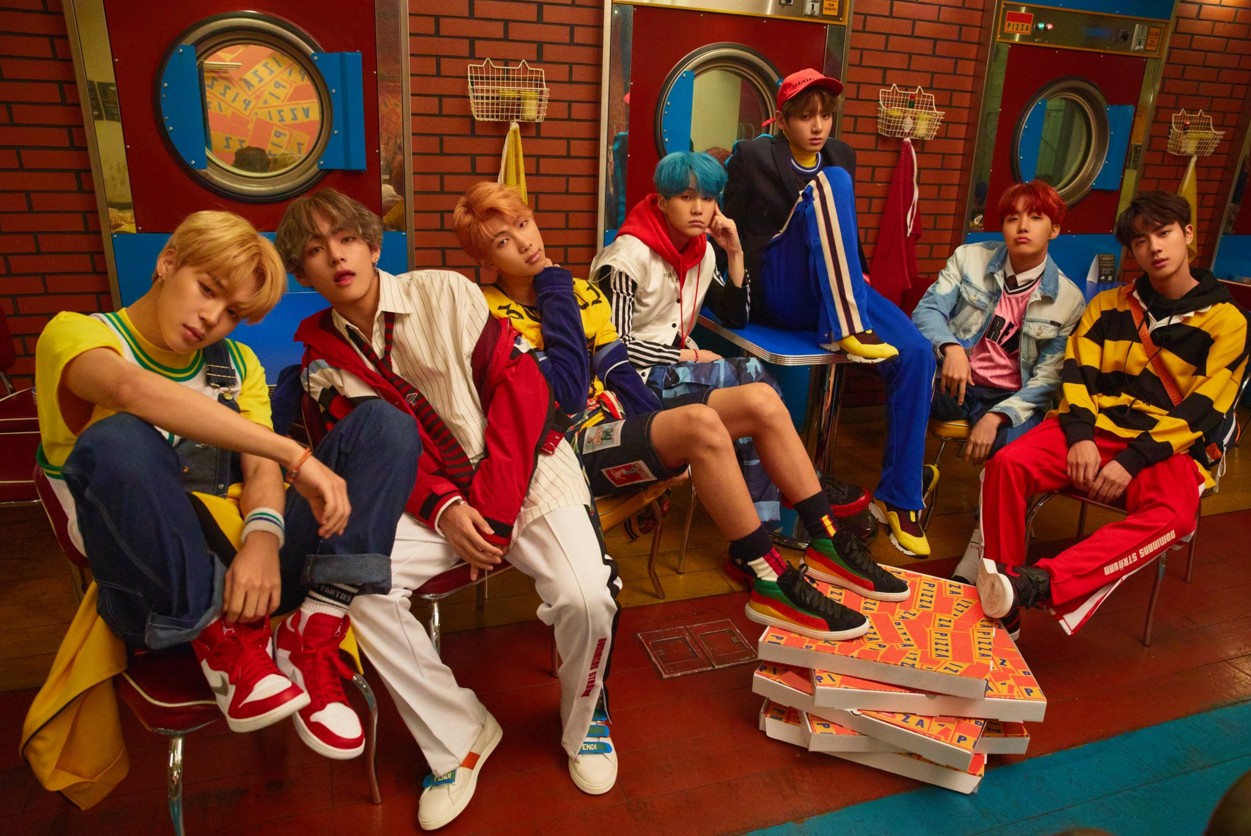Korean media outlets are already trying to declare 2025 to be the start of the sixth generation of K-pop. CORTIS has become the group driving that narrative. This is mainly due to HYBE marketing them as creators more than polished idols.
Remember that the fifth generation only began in 2023, and even that was met with skepticism. Many fans argued there was nothing distinctive about the new wave of idols that set them apart from the fourth.
The rush to crown a new “generation” has become a ritual. Each time a rookie group gains traction, journalists and agencies race to declare a new era. It’s an easy headline, but it’s drained the term of any real meaning.
What “Generation” Used to Mean
Originally, the term generation described how K-pop evolved over the years.
The first generation began in the 1990s with Seo Taiji and Boys. Their fusion of West Coast hip-hop and Korean pop sensibilities set the foundation for the idol system. That era saw the birth of groups like H.O.T. and the rise of SM Entertainment’s training model, which defined the modern idol structure.
The second generation introduced globalization. Groups like TVXQ and Super Junior expanded beyond Korea, attracting K-pop’s first international fans. The third gen raised the standard for quality performances with intricate choreography. The fourth solidified K-pop as a global export, characterized by multilingual idols and digital-first marketing strategies.
Each generation represented a noticeable shift in production, sound. You could point to tangible differences in how idols were trained. How fans interacted with artists. You could see the industry change as technology grew more advanced. Societal values changed, the influence of cultures from other countries bled through the industry.
When the Term Lost Its Meaning
Over time, the very concept became a branding tool. Around 2023, Korean media started calling rookie groups the “fifth generation.” The problem was that few could identify what made this new set of idols distinct from their predecessors. Was it new because of a new sound? New methods of interacting with fans? Not really. The idol industry hadn’t transformed in any meaningful way, only the language the media used.
By treating every new debut wave as the start of a generation, what was once an analytical framework turned into a hype cycle. When everything is labeled the start of a new era, nothing feels significant anymore. The generational tags have become so inflated that even fans joke about “half-generations” and “micro-eras” debuting every six months.
The Manufactured Myth of “Newness”
The obsession with labeling comes from two places: competition and fatigue. With hundreds of idol groups debuting each year, companies need to make their idols distinct. If a rookie writes or produces their own music, the media rushes to frame them as revolutionary, as proof that the idol industry has evolved.
These roles aren’t unique anymore. The “idol is an artist” narrative has existed since at least the late third generation. Self-producing idols like SEVENTEEN helped make the idea of being involved in the creation of your music the norm rather than the exception. The push to brand CORTIS as revolutionaries for writing their songs or directing their music videos doesn’t reflect real innovation, but it sells the illusion of it.
What K-pop is Losing
The concept of having “generations” used to help fans trace the evolution of the genre’s sound and history. Now that timeline has been reduced into an overused buzzword.
As K-pop becomes more globalized with successful acts emerging outside the big 4 agencies, the idea of neatly defined generations feels outdated. The next shift won’t come from a media label. It’ll come from how artists and audiences redefine what being an idol even means.
Maybe the question isn’t when the next generation begins. It’s whether the industry still deserves to use the word at all.






